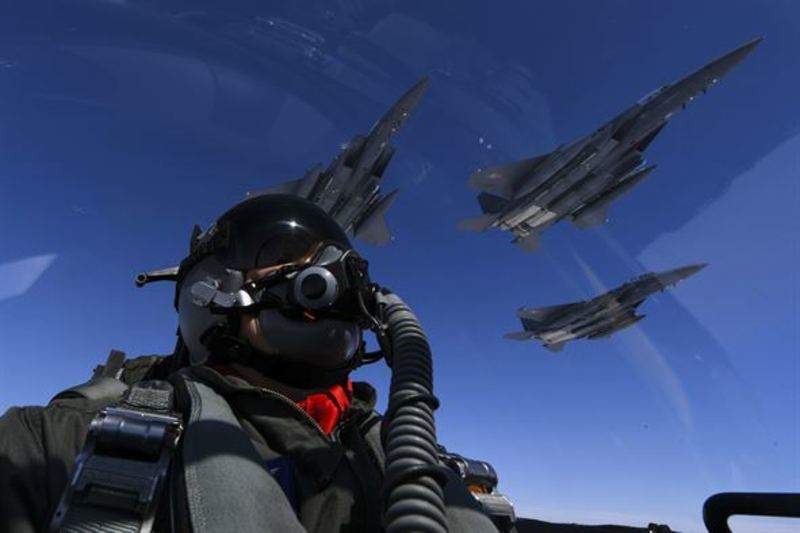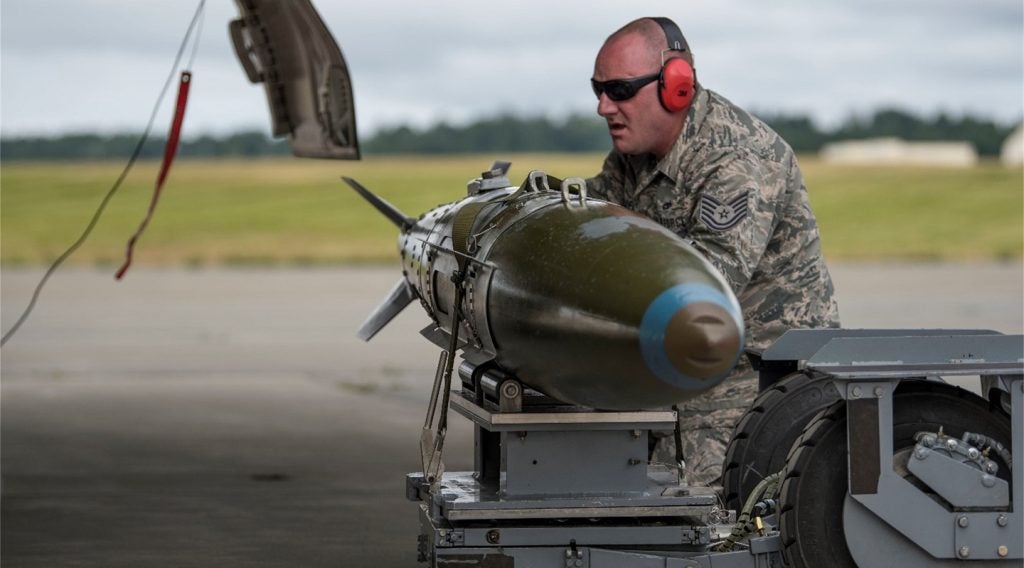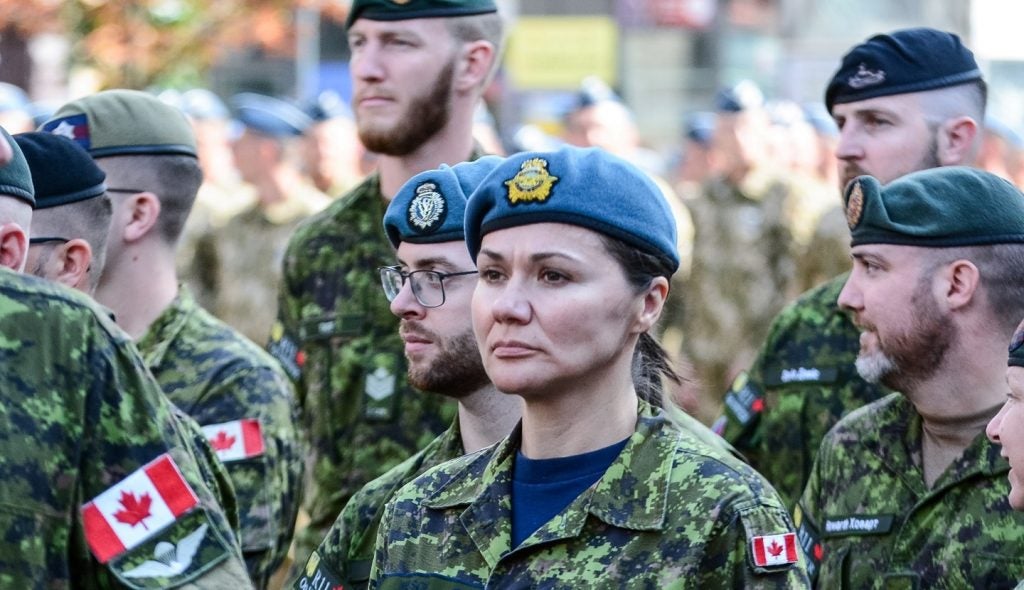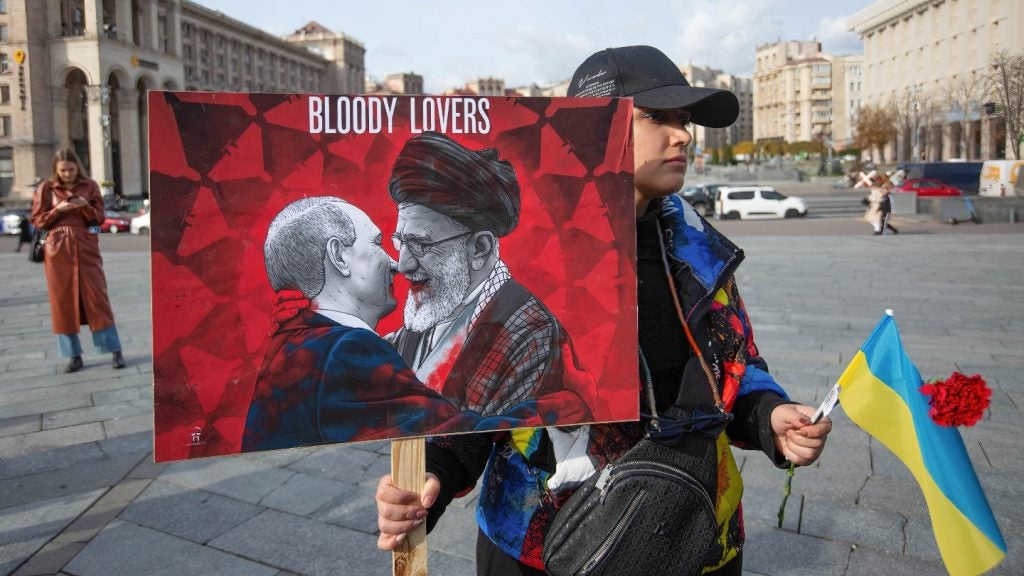

The US Air Force (USAF) has flown two B-1B bombers in response to North Korea’s escalatory launch of intercontinental ballistic missiles on 3 July and 28 July.
Under the command of US Pacific Air Forces, the B-1Bs took off from Andersen Air Force Base in Guam to conduct a sequenced bilateral mission.
The 10-hour mission witnessed participation from Japan Air Self Defense Force’s two Koku Jieitai F-2 fighter jets and the Republic of Korea Air Force’s four F-15 fighter jets.
The aircraft practised intercept and formation training, which will allow aircrews to improve their combined capabilities and tactical skills, while also strengthening the long-standing military-to-military relationships in the Indo-Asia-Pacific region.
The bombers then performed a low-pass over Osan Air Base, South Korea, before leaving South Korean airspace and returning to Guam, the US Pacific Air Forces stated.
Pacific Air Forces commander general Terrence J O'Shaughnessy said: "North Korea remains the most urgent threat to regional stability.
How well do you really know your competitors?
Access the most comprehensive Company Profiles on the market, powered by GlobalData. Save hours of research. Gain competitive edge.

Thank you!
Your download email will arrive shortly
Not ready to buy yet? Download a free sample
We are confident about the unique quality of our Company Profiles. However, we want you to make the most beneficial decision for your business, so we offer a free sample that you can download by submitting the below form
By GlobalData"Diplomacy remains the lead, however, we have a responsibility to our allies and our nation to showcase our unwavering commitment while planning for the worst-case scenario. If called upon, we are ready to respond with rapid, lethal, and overwhelming force at a time and place of our choosing."
The US Pacific Command is responsible for maintaining flexible bomber and fighter capabilities in the Indo-Asia-Pacific theatre, by retaining the ability to quickly respond to any regional threat in order to defend the US homeland and in support of its allies.
Image: Two USAF B-1B Lancers fly a ten-hour mission from Andersen Air Force Base, Guam, into Japanese airspace and over the Korean Peninsula. Photo: courtesy of the USAF.







